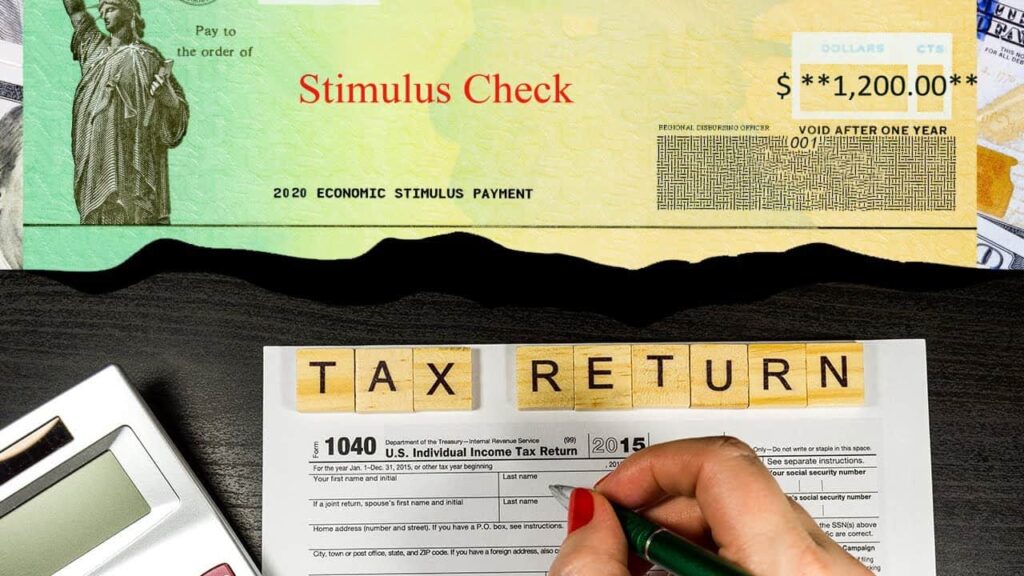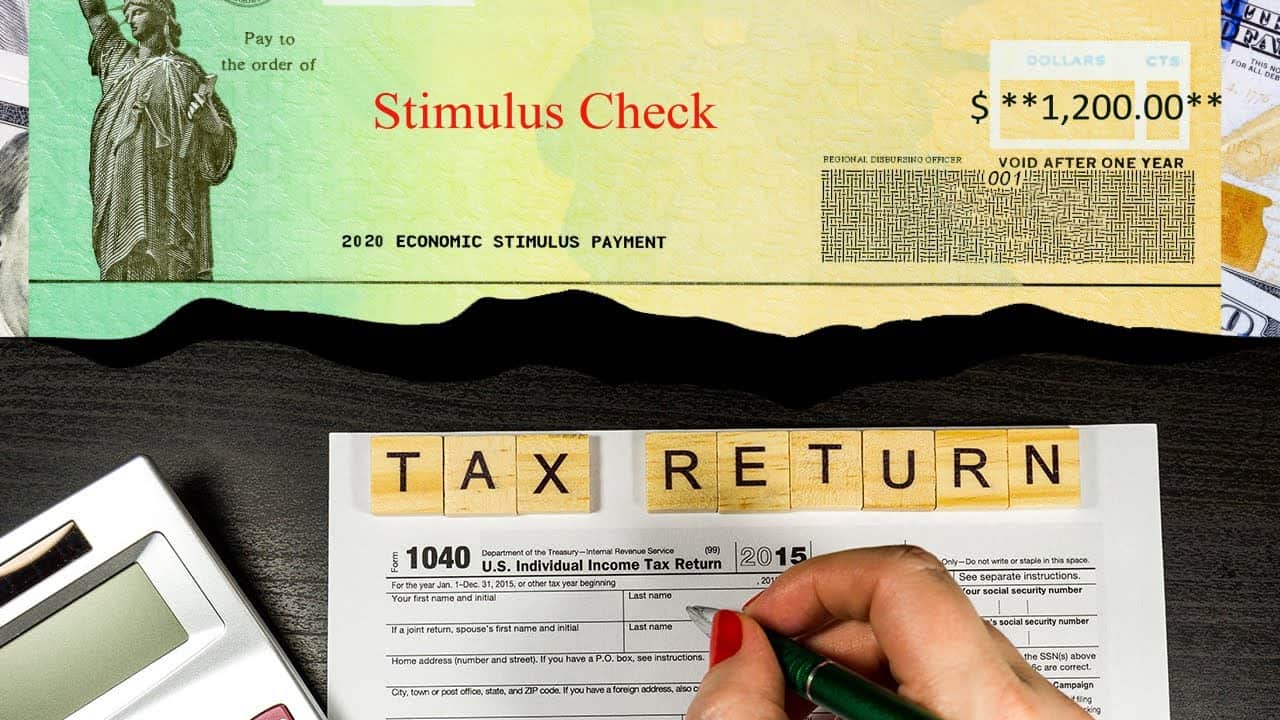Impact of Filing Status on Stimulus Check Qualification is a crucial aspect of understanding your eligibility for government assistance. Navigating the complex rules surrounding stimulus checks can be daunting, especially when considering how your filing status influences the amount you receive.
This guide will demystify the relationship between filing status and stimulus check eligibility, providing clarity on the factors that determine your potential benefits.
Throughout the history of stimulus check programs, the eligibility criteria have evolved, with filing status consistently playing a pivotal role. From single individuals to married couples filing jointly, each status has its own set of income thresholds and requirements.
Understanding these nuances is essential for maximizing your chances of receiving the full stimulus check amount.
Impact of Filing Status on Stimulus Check Qualification

The stimulus checks, formally known as Economic Impact Payments, were a series of government payments issued to individuals and families during the COVID-19 pandemic. These payments were designed to provide financial relief and stimulate the economy. The eligibility for these stimulus checks was based on various factors, including filing status, income, and dependents.
Understanding the impact of filing status on stimulus check qualification is crucial for individuals seeking to determine their eligibility and potential payment amount.
Stimulus Check Eligibility Overview
To receive a stimulus check, individuals generally needed to meet certain income and filing status requirements. These requirements varied slightly across the three stimulus check programs issued in 2020 and 2021.
- First Stimulus Check (2020):The first stimulus check was issued in April 2020. Individuals with an adjusted gross income (AGI) below $75,000 (single filers) or $150,000 (married filing jointly) were eligible for the full payment amount. The payment amount decreased gradually for those with higher incomes, phasing out completely for single filers with AGIs above $99,000 and married filing jointly with AGIs above $198,000.
- Second Stimulus Check (2020):The second stimulus check was issued in December 2020. Eligibility requirements were similar to the first stimulus check, with income thresholds of $75,000 (single filers) and $150,000 (married filing jointly) for the full payment amount. The phase-out range also remained consistent, with single filers phasing out above $99,000 and married filing jointly phasing out above $198,000.
- Third Stimulus Check (2021):The third stimulus check was issued in March 2021. The income thresholds for eligibility were slightly higher than the previous checks, with single filers eligible up to $80,000 and married filing jointly eligible up to $160,000. The phase-out range also increased, with single filers phasing out above $100,000 and married filing jointly phasing out above $200,000.
Filing Status and Stimulus Check Qualification, Impact of Filing Status on Stimulus Check Qualification
Filing status plays a significant role in determining stimulus check eligibility. The Internal Revenue Service (IRS) uses different filing statuses to categorize taxpayers based on their marital status and dependents. Each filing status has its own income thresholds for qualifying for the full stimulus check amount.
Here’s a breakdown of how different filing statuses impact eligibility:
- Single:Single filers were eligible for the full stimulus check amount if their AGI was below a specific threshold. For example, for the third stimulus check, the threshold was $80,000. The payment amount decreased gradually for those with higher incomes, phasing out completely for those with AGIs above $100,000.
- Married Filing Jointly:Married couples who file jointly were eligible for the full stimulus check amount if their combined AGI was below a specific threshold. For example, for the third stimulus check, the threshold was $160,000. The payment amount decreased gradually for those with higher incomes, phasing out completely for those with combined AGIs above $200,000.
You also can understand valuable knowledge by exploring Stimulus Check Application Process.
- Head of Household:Individuals who are unmarried and pay more than half the costs of supporting a qualifying child or dependent can file as Head of Household. They generally have higher income thresholds for stimulus check eligibility compared to single filers. For example, for the third stimulus check, the threshold was $120,000.
The payment amount decreased gradually for those with higher incomes, phasing out completely for those with AGIs above $140,000.
- Qualifying Widow(er) with Dependent Child:This filing status is available for two years following the death of a spouse if the surviving spouse maintains a home for a dependent child. Eligibility requirements are similar to Married Filing Jointly, with higher income thresholds for the full payment amount.
Obtain a comprehensive document about the application of Stimulus Check Eligibility Requirements that is effective.
- Married Filing Separately:Married couples who choose to file their taxes separately have separate income thresholds for stimulus check eligibility. The thresholds are generally lower than for those filing jointly. For example, for the third stimulus check, the threshold was $80,000 for each spouse.
Dependent Eligibility
The number of dependents claimed on a tax return can also affect stimulus check eligibility. Dependents, such as children or other qualifying individuals, can increase the total stimulus check amount received. The rules for claiming dependents for stimulus check purposes were similar to those for regular tax filing.
- Age Requirements:Children under 17 years old at the end of the tax year were typically considered qualifying dependents.
- Relationship Requirements:Dependents must have a qualifying relationship with the taxpayer, such as a child, stepchild, foster child, or other eligible relative.
- Dependency Status:The dependent must be claimed as a dependent on the taxpayer’s tax return.
- Stimulus Check Amount:The amount of the stimulus check received for each dependent was typically a fixed amount, regardless of the dependent’s age. For example, the third stimulus check included an additional $1,400 per qualifying dependent.
Filing Status Changes and Stimulus Checks
Changes in filing status, such as marriage, divorce, or the birth of a child, can impact stimulus check eligibility and the amount received. These changes can affect both the income thresholds and the number of dependents claimed on the tax return.
- Marriage:If an individual gets married during the tax year, their filing status will change to Married Filing Jointly. This can potentially increase the income threshold for stimulus check eligibility, but it also means that their income will be combined with their spouse’s income for eligibility purposes.
- Divorce:If an individual gets divorced during the tax year, their filing status will change to Single or Head of Household, depending on their circumstances. This may result in a lower income threshold for stimulus check eligibility.
- Birth of a Child:The birth of a child can add a qualifying dependent to the tax return, potentially increasing the total stimulus check amount received. However, it’s important to note that the child must meet the age and dependency requirements to be eligible.
You also can investigate more thoroughly about Stimulus Check Latest News & Updates to enhance your awareness in the field of Stimulus Check Latest News & Updates.
Tax Filing and Stimulus Check Receipt
Filing taxes is crucial for receiving a stimulus check. The IRS uses tax information to determine eligibility and calculate the amount of the payment. The stimulus checks were issued based on the information provided on the most recent tax return filed.
You also will receive the benefits of visiting Stimulus Check Eligibility Requirements today.
- Direct Deposit:If the taxpayer provided their bank account information on their tax return, the stimulus check was typically deposited directly into their account.
- Mailed Check:If the taxpayer did not provide their bank account information or if the IRS was unable to process direct deposit, the stimulus check was mailed to the address listed on their tax return.
Common Filing Status Scenarios and Stimulus Check Outcomes
Here are some common scenarios that illustrate how filing status can affect stimulus check eligibility and the amount received.
| Scenario | Filing Status | AGI | Dependents | Stimulus Check Eligibility | Stimulus Check Amount |
|---|---|---|---|---|---|
| Single individual with no dependents | Single | $70,000 | 0 | Eligible | Full amount (e.g., $1,400 for the third stimulus check) |
| Married couple filing jointly with two children | Married Filing Jointly | $155,000 | 2 | Eligible | Full amount + additional amount per dependent (e.g., $1,400 per child for the third stimulus check) |
| Single parent with one child, filing as Head of Household | Head of Household | $110,000 | 1 | Eligible | Full amount + additional amount for dependent (e.g., $1,400 for the third stimulus check) |
| Married couple filing separately, each with AGI below the threshold | Married Filing Separately | $70,000 (each spouse) | 0 | Eligible | Full amount (e.g., $1,400 for the third stimulus check) |
| Married couple filing separately, one spouse with AGI above the threshold | Married Filing Separately | $70,000 (one spouse), $90,000 (other spouse) | 0 | Partially eligible | Full amount for the spouse with AGI below the threshold, reduced amount or no payment for the spouse with AGI above the threshold |
Resources and Further Information
For up-to-date information on stimulus check eligibility and other tax-related matters, individuals can refer to the following resources:
| Resource | Purpose | Link |
|---|---|---|
| Internal Revenue Service (IRS) | General tax information, including stimulus check updates | https://www.irs.gov/ |
| United States Treasury Department | Information on government programs and economic relief | https://www.treasury.gov/ |
| Taxpayer Advocate Service (TAS) | Assistance for taxpayers experiencing problems with the IRS | https://www.taxpayeradvocate.irs.gov/ |






